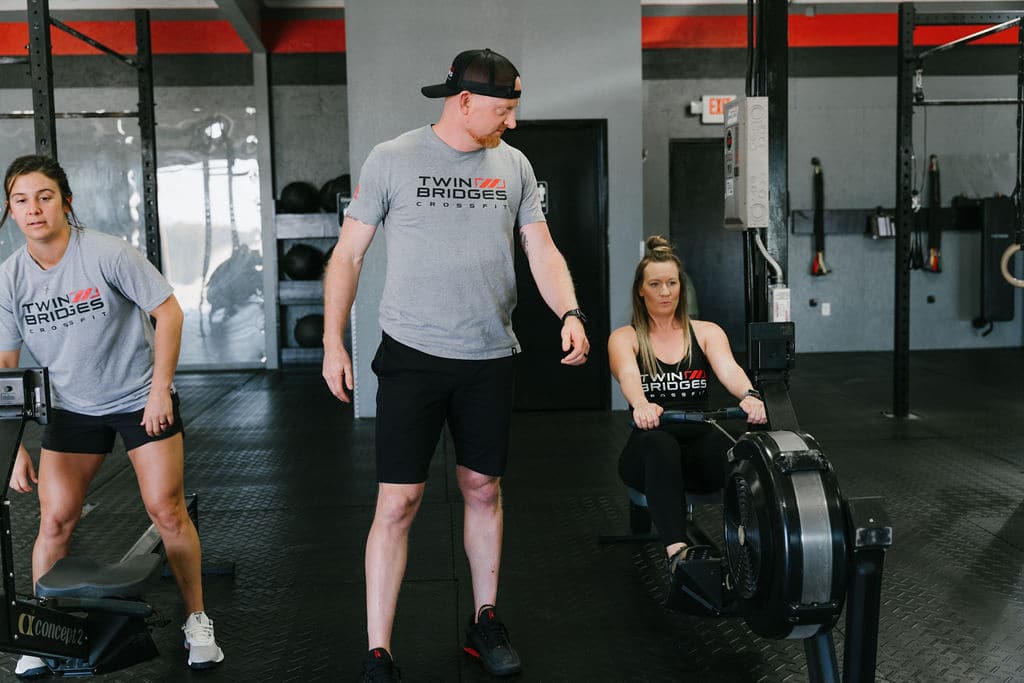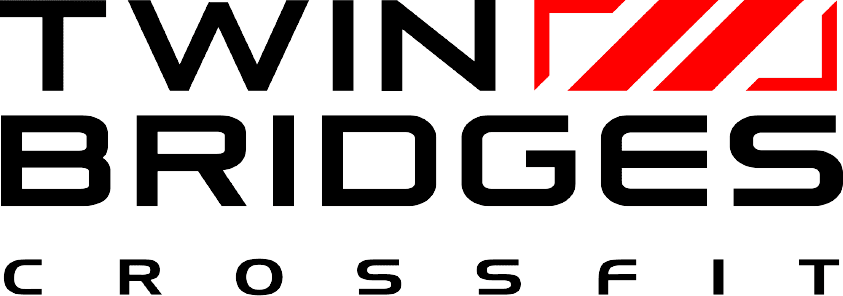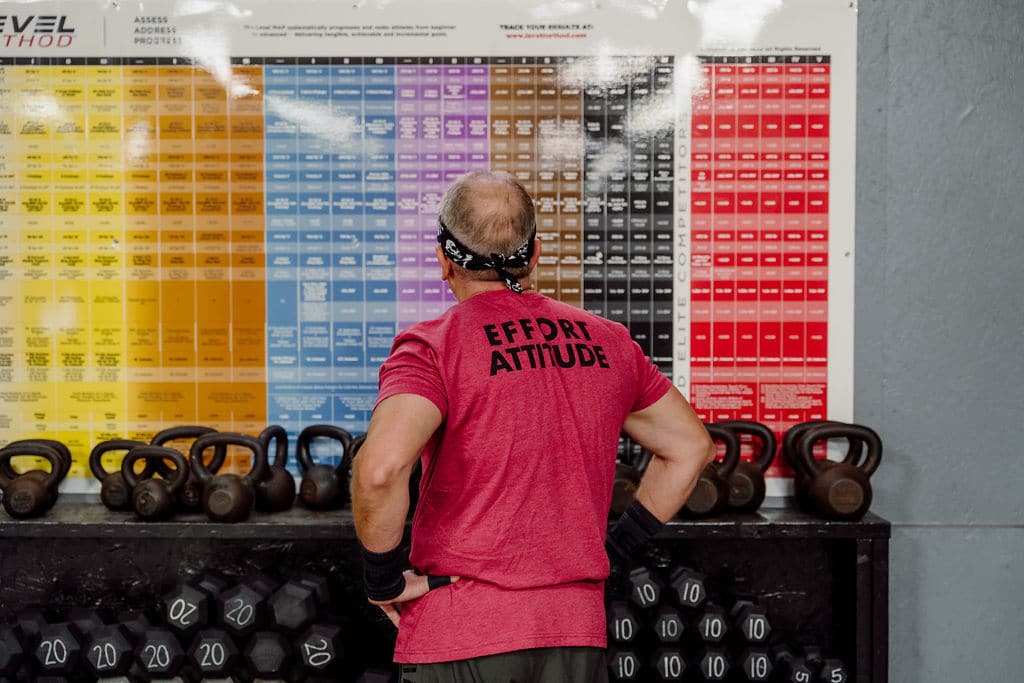Most people start wearing a weightlifting belt for one of two main reasons. Either their back starts to hurt or feel weak and they think a belt will solve their problems, or they see a more advanced athlete wearing one and think that must be the way to go.
Wearing a belt for either of these reasons will ultimately hamper an athlete’s development and in a worse-case scenario can actually lead to injury down the road.
Why?

First, it’s important to remember the purpose of a weightlifting belt: to provide additional stability for your lower back at very heavy weights by aiding your core muscles, but not replacing them.
When we get under (or over) a heavy barbell, we need to take a big breath and brace our trunk muscles so that the weight on the bar does not bend us in two. Doing so amplifies the pressure inside our abdominal cavity. If you breathe correctly prior to a heavy lift you will feel your stomach rise and fall, not your chest.
Wearing a belt at very heavy weights CAN help you increase your stability and take advantage of the pressure you’ve built inside your abdominal cavity, but it must be done correctly. When wearing a belt, take a deep breath at the start of your lift and think about breathing “into” the belt.
If you’re just strapping a belt down as tight as possible but aren’t also breathing into it correctly, you’re not doing it right.
So, when should you wear a belt? I try to only wear my belt during my heaviest or most intense lifts. If I were to use a belt too often, my body would start to rely on it and I would likely end up weakening my core by relying on the belt as a crutch, potentially leading to injury.
Learning to breathe properly and use your abdominal muscles to create stability on your own should always be the first priority before turning to a belt.
About the Author
Edward Getterman is a Certified CrossFit Trainer (CF-L3) and the owner of Twin Bridges CrossFit in Waco, Texas. If he can’t be at the gym or at home, he’d prefer to be at Walt Disney World. He loves deadlifts, hates running, and believes above all else that CrossFit is for everyone.

